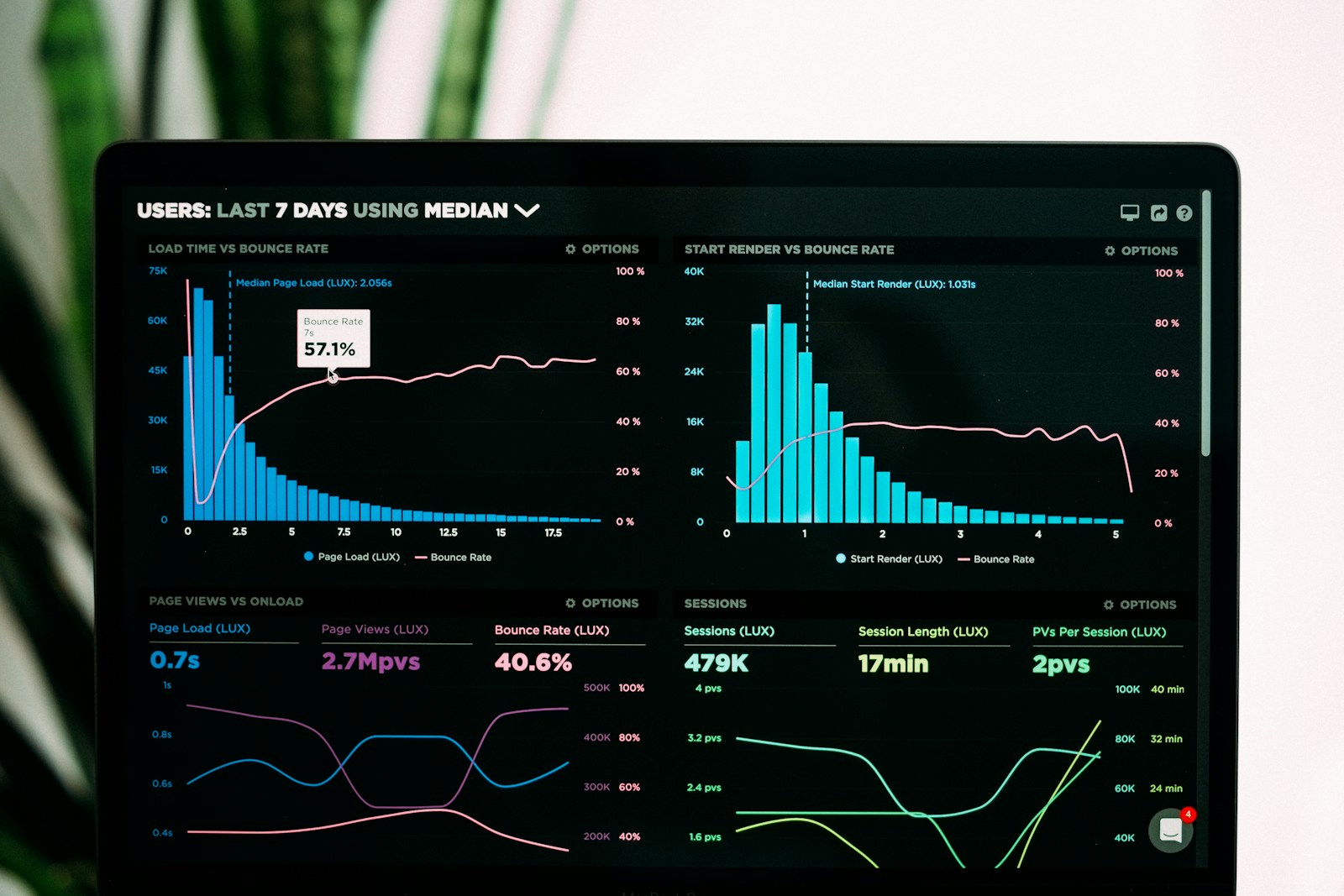Graham Number
Table of Contents
The Graham Number: A Valuable Tool for Value Investors
When it comes to investing, there are numerous strategies and metrics that investors use to evaluate the potential of a stock. One such metric is the Graham Number, named after the legendary investor Benjamin Graham. The Graham Number is a simple yet powerful tool that can help value investors identify undervalued stocks in the market. In this article, we will explore what the Graham Number is, how it is calculated, and how it can be used to make informed investment decisions.
Introduction to the Graham Number

The Graham Number is a valuation metric that was developed by Benjamin Graham, often referred to as the “father of value investing.” Graham was a renowned investor and mentor to Warren Buffett, and his investment philosophy has had a profound impact on the world of finance.
The Graham Number is based on the idea that the intrinsic value of a stock can be determined by analyzing its earnings and book value. By comparing a stock's current market price to its intrinsic value, investors can identify stocks that are trading at a discount.
Calculating the Graham Number

The Graham Number is calculated using two key financial metrics: earnings per share (EPS) and book value per share (BVPS). The formula for calculating the Graham Number is as follows:
Graham Number = √(22.5 x EPS x BVPS)
Let's break down the components of this formula:
- EPS: Earnings per share is a measure of a company's profitability. It is calculated by dividing the company's net income by the number of outstanding shares. EPS represents the portion of a company's profit that is allocated to each share of common stock.
- BVPS: Book value per share is a measure of a company's net worth. It is calculated by dividing the company's total equity by the number of outstanding shares. BVPS represents the value of a company's assets that would be left over after paying off all its liabilities.
By multiplying the EPS and BVPS by 22.5 and taking the square root of the result, the Graham Number provides an estimate of the intrinsic value of a stock.
Using the Graham Number to Identify Undervalued Stocks

The Graham Number is a valuable tool for value investors because it helps identify stocks that are trading at a discount to their intrinsic value. By comparing a stock's market price to its Graham Number, investors can determine whether the stock is undervalued, overvalued, or fairly priced.
If a stock's market price is significantly lower than its Graham Number, it may indicate that the stock is undervalued and has the potential for future price appreciation. On the other hand, if a stock's market price is higher than its Graham Number, it may suggest that the stock is overvalued and could be due for a price correction.

Let's consider an example to illustrate how the Graham Number can be used in practice. Suppose Company XYZ has an EPS of $2.50 and a BVPS of $20.00. Using the Graham Number formula, we can calculate the Graham Number as follows:
Graham Number = √(22.5 x $2.50 x $20.00) = $21.21
If Company XYZ's stock is currently trading at $15.00 per share, it would indicate that the stock is undervalued according to the Graham Number. This could present an attractive investment opportunity for value investors.
Limitations of the Graham Number
While the Graham Number is a useful tool for value investors, it is important to recognize its limitations. Here are a few key considerations:
- Does not account for qualitative factors: The Graham Number is based solely on quantitative financial metrics and does not take into account qualitative factors such as the company's competitive advantage, management team, or industry dynamics. It is important for investors to conduct thorough research and analysis beyond just the Graham Number.
- Relies on historical data: The Graham Number is calculated using historical financial data, which may not accurately reflect a company's current or future performance. Investors should consider the limitations of using historical data when making investment decisions.
- Not suitable for all industries: The Graham Number may be more applicable to certain industries than others. For example, companies in technology or high-growth sectors may have different valuation metrics that are more relevant to their industry.
Conclusion

The Graham Number is a valuable tool for value investors looking to identify undervalued stocks in the market. By comparing a stock's market price to its intrinsic value, as estimated by the Graham Number, investors can make informed investment decisions. However, it is important to recognize the limitations of the Graham Number and to conduct thorough research and analysis before making any investment decisions. The Graham Number should be used as one tool among many in an investor's toolkit.
Remember, successful investing requires a combination of quantitative analysis, qualitative assessment, and a long-term perspective. By incorporating the Graham Number into your investment strategy, you can enhance your ability to identify attractive investment opportunities and potentially achieve superior investment returns.
